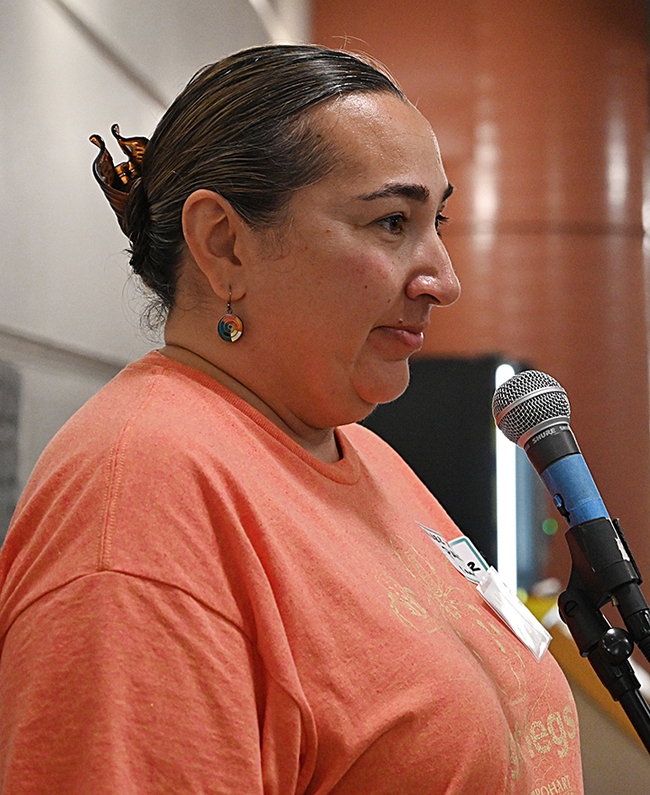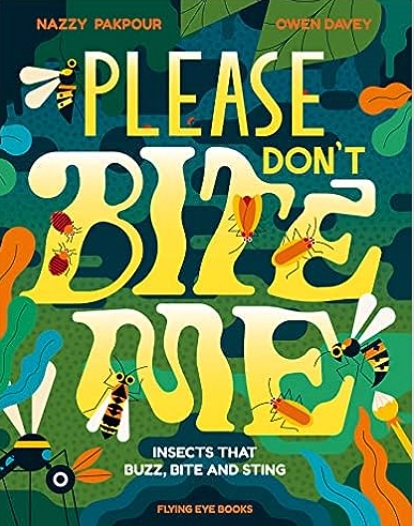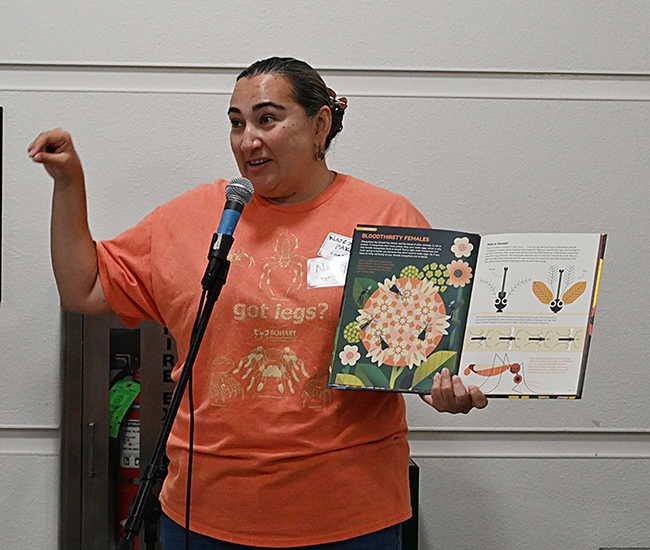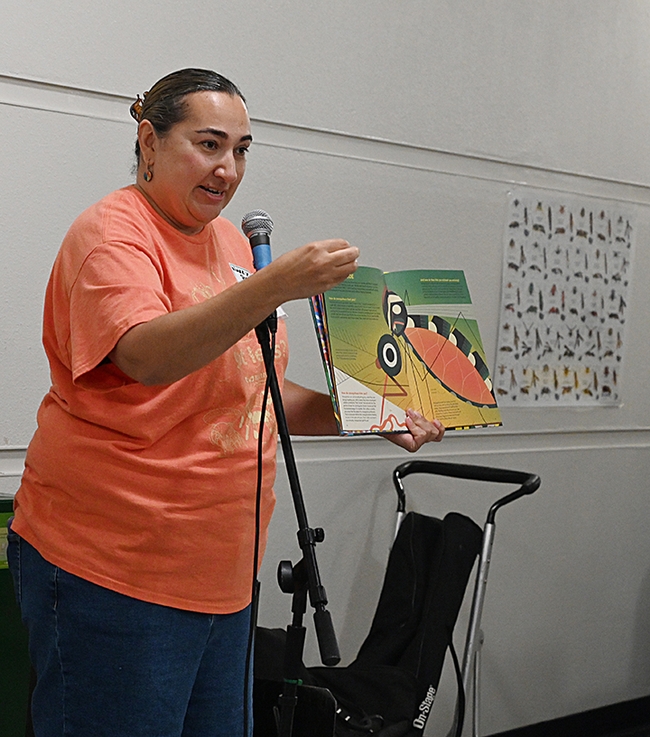
At a recent Bohart Museum of Entomology open house, she read passages from her newly published children's book, Please Don't Bite Me: Insects that Buzz, Bite and Sting, and then encouraged questions.
Each time a youngster raised a hand, she'd say "Yes, my friend!"
She answered each question thoughtfully, expertly, and kindly.
Pakpour, who grew up in the San Francisco Bay Area, is no stranger to UC Davis. She received her bachelor of science degree in entomology from UC Davis in 1999; her doctorate in microbiology, virology and parasitology from the University of Pennsylvania in 2008; and served as a postdoctoral scholar at UC Davis for seven years, leaving campus in August 2015. Her work "focused on determining the effects of ingested human blood factors on the mosquito immune response to malaria."
Passionate about teaching science, Pakpour accepted a faculty position in 2015 at California State University, East Bay, teaching for nearly seven years before moving to the biotech sector. She is a senior scientist at Novozymes, Davis (since January 2022).
A resident of Woodland, Pakpour describes herself as "the mother of two witty and wonderful kids," and as someone who "loves bugs of all varieties, whether they are six-legged or microscopic."
Factoid: She once spent a summer feeding tarantulas at the Smithsonian Natural History Museum.

"An insect," Pakpour defines in her book, "is an animal that has six legs, two eyes, two antenna, and three body parts. A special group of scientists called entomologists have been studying insects for hundreds of years an they have learned all kinds of amazing things."
Pakour goes on to say that "our bodies offer a delicious and unique menu of food for a vast variety of insects. These insects drink our blood, live in our homes, and even in our hair! They impact every aspect of our lives, from the clothes we wear, the pets we keep, to the homes we live in, and the way we store our food. Like tiny aliens living among us, each insect has its own unique body, home, and lifestyle."
Some excerpts:
Mosquitoes. "If mosquitoes don't have protein, they can't make eggs, which is why only female mosquitoes feed on blood...Mosquitoes lay their eggs in almost anything that holds water. Once she finds a suitable spot, she will land on the surface and lay around 100 eggs. So they don't sink and drown, the eggs stick together and float like a tiny raft."
Lice. Lice, which are only 0.10 inches long, can move 9 inches in about a minute. "That is about the equivalent of a person who is 5 feet tall moving 450 feet in one minute."
Wasps. Wasps are social insects. "I don't mean social as in they love to throw parties and hang out with their friends. When scientists say an insect is social, it means they live in a group made up of their relatives." She clarifies that only a few specific species are considered pests to humans and "even then it's only when they happen to build their nests near us."
Cockroaches. "Cockroaches give their eggs a little bit of extra protection, wrapping them up like a lovely box of chocolates in a package called an ootheca."
Fleas."Given a choice at the blood buffet, a flea will always choose a cat or a dog over a human."
Bedbugs. "Bedbugs have big appetites and they like to take their time sucking up your blood...The Romans believed eating crushed up bedbugs could cure poisonous snake bites."
Pakpour points out that these insects are annoying but emphasizes that the majority of the 10 quintillion insects in the world "have important and unique roles to play in nature that have nothing to do with humans....Without insects, our entire ecosystem would collapse."
Please Don't Bite Me could easily be called Please Read Me. It's a fascinating book, especially for young entomologists-to-be or children and teens curious about what's living in their world--or what's pestering them. It's an easy read with interesting scientific information spread throughout the book. The illustrations are BBC: big, bold and colorful.
Great book, Nazzy Pakpour!
Attached Images:

UC Davis alumna Nazzy Pakpour, who holds a doctorate microbiology, virology and parasitology from the University of Pennsylvania, reads from her children's book, "Please Don't Bite Me," at a recent Bohart Museum of Entomology open house. (Photo by Kathy Keatley Garvey)

Nazzy Pakpour discusses fascinating facts about mosquitoes, lice, wasps, cockroaches, fleas, and bedbugs. She was a special guest at a Bohart Museum of Entomology open house. (Photo by Kathy Keatley Garvey)